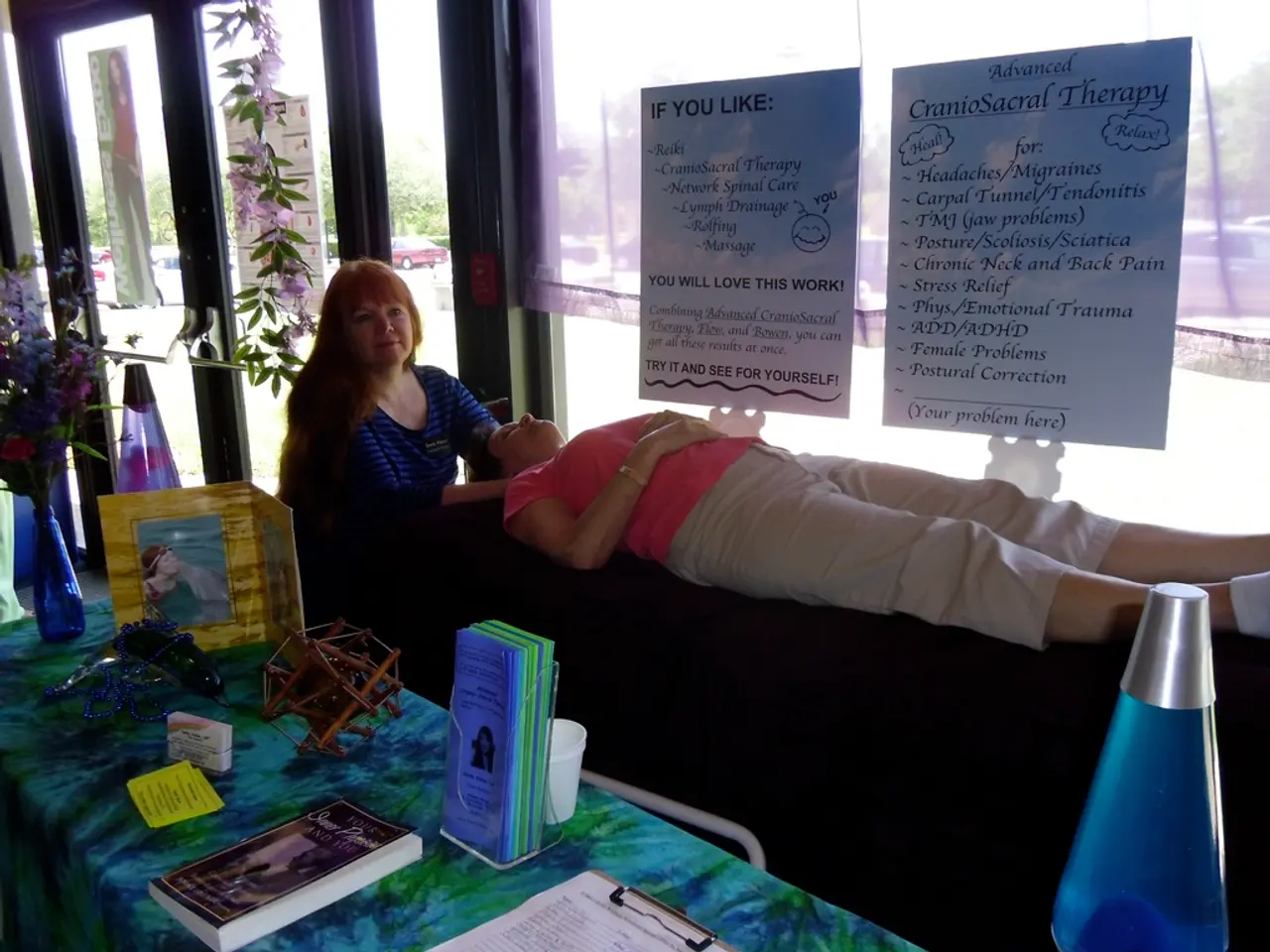Home Care Strategies for Stroke Victims
Strokes can have a profound impact on an individual's life, affecting their physical abilities, mental health, and daily routines. However, with the right care and support, stroke survivors can regain their independence and improve their quality of life.
Physical Rehabilitation
Stroke survivors often need help relearning basic skills such as walking, eating, and communicating. Home-based care includes guided physical exercises to improve muscle strength, coordination, and mobility, often supervised or instructed by physical and occupational therapists. Assistive devices like canes or walkers and home safety adaptations (handrails, nonslip mats) reduce fall risks.
Psychological and Emotional Support
Many stroke survivors experience anxiety, depression, frustration, or mood changes due to brain injury and the emotional impact of stroke. Psychological care includes counseling, emotional encouragement, social connection, and involvement in support groups. Mental health support improves rehabilitation outcomes and quality of life.
Assistance with Daily Living Activities
Caregivers help with meal preparation, feeding (if swallowing is impaired), personal hygiene, household chores, and transportation to medical appointments. Adaptive strategies such as dressing the affected side first can promote independence. Support with community participation and social activities helps maintain social connections.
Medication Management
Adherence to prescribed medications is crucial. Caregivers often assist by organizing medications and ensuring the patient follows the regimen.
Environmental Modifications
Home adaptations—such as removing trip hazards, installing railings, raised toilet seats, and ensuring organized spaces—enhance safety and mobility.
Caregiver Training and Multidisciplinary Support
Effective home care relies on trained caregivers working with healthcare professionals including nurses, therapists, and counselors to tailor rehabilitation plans and monitor progress.
Addressing these care needs at home through a comprehensive, patient-centered approach helps stroke survivors regain functional independence, maintain dignity, and improve their quality of life.
Support for Caregivers
Caregivers may experience depression, anxiety, and physical conditions more often than non-caregivers. It is essential to seek support to avoid burnout. Getting support from family, friends, communities, speaking to a care coordinator, looking into benefits, setting aside time for self-care, delegating jobs, taking regular breaks, connecting with other caregivers, practicing relaxation techniques, and speaking with a therapist can help caregivers navigate the challenges of caring for a stroke survivor.
In some cases, a doctor may recommend dietary or lifestyle changes, such as quitting smoking, to prevent future strokes. An occupational therapist, primary care doctor, neurologist, cardiologist, speech therapist, physical therapist, or exercise therapist may help with stroke recovery. Home adaptations may be necessary to help a person recovering from a stroke maintain independence, such as moving their bedroom to the ground floor, installing grab bars, and removing trip hazards.
Depression can affect stroke recovery and should be addressed if potential signs such as persistent sadness, guilt, hopelessness, loss of interest, appetite changes, irritability, or restlessness are present.
For additional support, resources such as the National Family Caregiver Support Program and The Family Caregiver Alliance offer a wide range of services for caregivers.
- The impact of a stroke goes beyond physical challenges, reaching mental health and daily routines.
- Home-basedcare often includes supervised physical exercises to improve stroke survivors' muscle strength and mobility.
- Assistive devices, like canes or walkers, can help stroke survivors maintain balance and reduce fall risks.
- Many stroke survivors undergo home safety adaptations to minimize risks, including handrails and nonslip mats.
- Stroke survivors may need psychological care to cope with anxiety, depression, and mood changes.
- Counseling, emotional encouragement, and social connections are essential parts of psychological care for stroke survivors.
- Caregivers play a crucial role in meal preparation, feeding, and personal hygiene for stroke survivors.
- Adaptive strategies, such as dressing the affected side first, can help stroke survivors regain independence.
- Medication adherence is critical for the recovery and continued health of stroke survivors.
- Home modifications for stroke survivors, like removing trip hazards, can enhance safety and mobility.
- Multidisciplinary support from healthcare professionals is vital for customized stroke rehabilitation plans.
- Addressing lifestyle factors, like quitting smoking, may prevent future strokes under a doctor's guidance.
- Different health professionals, such as occupational therapists and neurologists, can help with stroke recovery.
- Home adaptations, including moving bedrooms to the ground floor and installing grab bars, can support independence for stroke survivors.
- Depression can hinder stroke recovery, and it's important to address symptoms like persistent sadness and loss of interest.
- Caregiver support services, like the National Family Caregiver Support Program and The Family Caregiver Alliance, are available to help familial caregivers.
- The caregiver's wellbeing is just as important, requiring support against depression, anxiety, and physical conditions.
- Self-care, relaxation techniques, and therapy can help caregivers navigate the challenges of caring for a stroke survivor.




